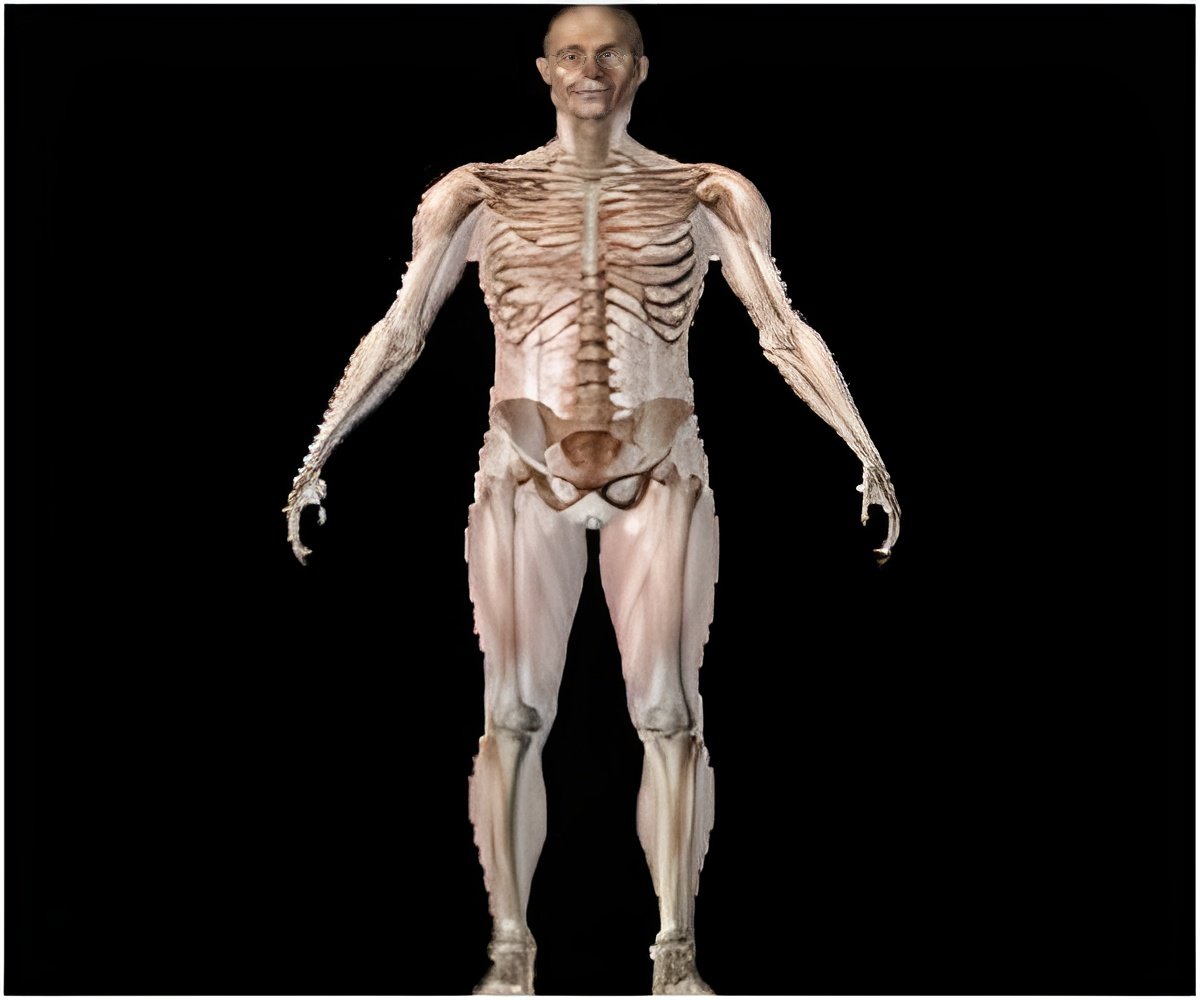The mummy of the man, also known as Otzi was killed by an arrow when he was hiking across the Otztal Alps between modern-day Italy and Austria.

‘A bacterial species, Helicobacter pylori found in a frozen mummy called as Iceman reveals about the history of human migration.’





When they tested the contents of his stomach, they found a bacterium called Helicobacter pylori, an age-old pathogen that has evolved into different strains according to the region of the world in which it is found.About half the people on the planet harbor the bacterium in their stomachs. It can cause ulcers or gastrointestinal distress and is typically spread among children when they play in the dirt.
While researchers cannot be sure if the Iceman was sick due to the infection, they were intrigued by their analysis of the geographic history of the bacterium.
"Surprisingly, a strain of bacterium in his gut shares ancestry with an Asian strain. In contrast to the fact that most modern Europeans harbor a strain ancestral to North African strains," said the study in the US journal Science.
If the stomach contents of the Iceman is a good reflection of Europeans 5,300 years ago, the analysis suggests that African migration had not yet resulted in intermingling with the Asian strain of the bacterium.
Advertisement
"We can say now that the waves of migration that brought these African Helicobacter pylori into Europe had not occurred or at least not occurred in earnest by the time the Iceman was around."
Advertisement









